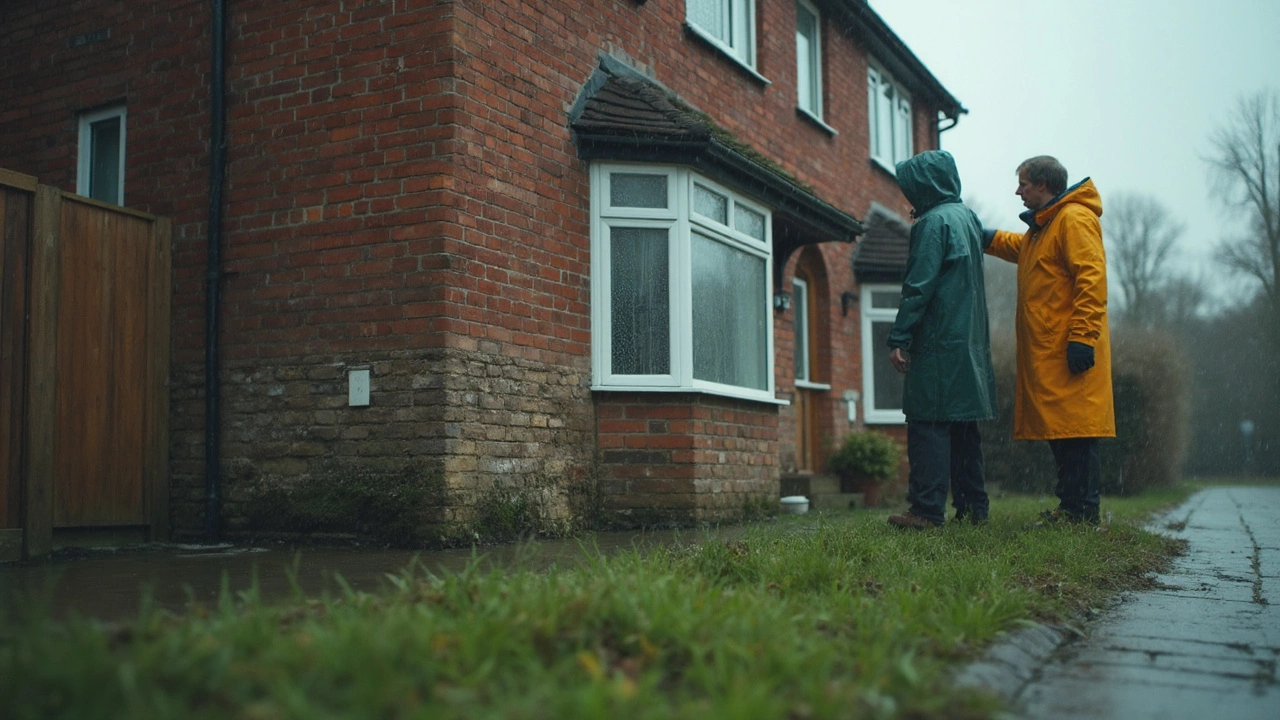Cracks – What They Mean and How to Fix Them
If you’ve spotted a crack in your wall, floor or foundation, you probably wonder if it’s just a cosmetic blemish or a sign of serious trouble. The good news is most cracks are harmless and can be sorted out quickly. The bad news is a few can signal deeper structural issues that need a pro’s attention. This guide walks you through the most common types of cracks, why they happen, and what you should do next.
Why Cracks Show Up in Buildings
Every building moves a little over time. Changes in temperature, moisture, soil settlement, and even the weight of furniture cause tiny shifts. When the material can’t stretch enough, it cracks. New‑build homes often develop hairline cracks as the concrete slab cures and the frame settles. Older houses may show vertical wall cracks from natural settling, while horizontal cracks in a foundation usually point to pressure from expanding soils.
Other triggers include poor workmanship, undersized footings, or drainage problems that let water soak the soil. In coastal areas, salt can eat away at concrete, creating spalling and cracks. Knowing the cause helps you decide whether a simple repair will do or if you need a structural engineer on board.
Fixing Common Types of Cracks
Hairline drywall cracks are the easiest. Clean the crack, apply a thin layer of joint compound, smooth it with a drywall knife, and sand once dry. A fresh coat of paint hides it completely.
Vertical wall cracks wider than 1 mm can be filled with flexible silicone or a polyurethane sealant. If the crack repeats, check for moisture behind the wall or movement in the framing.
Horizontal foundation cracks are a red flag. They often signal soil pressure or a shifting slab. A professional should assess the cause, then use epoxy injection or carbon fiber straps to reinforce the wall. Expect repair costs to range from a few hundred pounds for a small crack to a few thousand for extensive reinforcement.
Slab floor cracks can be patched with a concrete repair mix. For larger gaps, you may need to cut out the damaged area and pour fresh concrete. Ensure the surrounding area is clean and damp before applying the new mix to get a strong bond.
When in doubt, call a qualified plumber or builder. At McNeil Plumbing & Construction Services we’ve repaired everything from tiny drywall fissures to major foundation splits. Our team can assess the crack, explain whether it’s cosmetic or structural, and give you a clear, upfront quote.
Remember, early detection saves money. Keep an eye on cracks that grow, change direction, or appear alongside doors that stick, windows that won’t close, or uneven floors. Those are the signs that something deeper is shifting.
So, the next time you spot a crack, don’t panic. Identify its type, measure its width, and decide if a DIY fix will do. If the crack is wide, horizontal, or keeps getting bigger, reach out to a professional. With the right know‑how, you’ll keep your home safe, sound, and looking great.

